At the heart of Apple's upcoming 12-inch MacBook is the Intel Core M, a processor series launched late last year and meant to power extremely light notebooks and tablets. But the new chips come with their own set of benefits and sacrifices, particularly for people considering other MacBook models.
At the moment there are seven models of Core M available, ranging in speed from 800 MHz to 1.2 GHz. All of them are dual-core, have a 4 MB cache, and are paired with the same integrated graphics chip, Intel's HD Graphics 5300.
Apple has chosen to go with the two fastest speeds — 1.1 and 1.2 GHz — for its stock configurations. The company is also promising a 1.3 GHz upgrade option, though no such chip is (yet) listed on Intel's website or even when browsing MacBooks at Apple's online store.
Pros: Smaller, quieter, more efficient
One of the leading traits of the Core M line is its standard 4.5 W of power consumption, a miniscule figure when you consider that other notebook processors can easily consume over 10 W. That effiency is attributable in large part to Intel using 14 nm architecture, claimed to be a first for processors.
It offers another advantage too, which is a smaller chip and die package. Indeed, the entire logic board for the new MacBook is about a third the size of the one in the MacBook Air, which is one way the computer manages to be so incredibly thin and light.
Less power also means less heat, allowing Core M machines to run fanless as long as they have proper ventilation channels. This contributes to the tiny dimensions of the MacBook, and should effectively eliminate noise.
Cons: Performance hits, no great battery leaps
There is one major drawback to Core M, and that's performance. Even the upcoming 1.3 GHz chip will still be clocked below the slowest current MacBook Air processor, which is a 1.6 GHz dual-core Core i5.
The two stock MacBook CPUs can Turbo Boost to 2.4 or 2.6 GHz, but the Air supercharges to at least 2.7 GHz. The Air can moreover be upgraded to a 2.2 GHz chip with a 3.2 GHz boost, and no matter which model you pick, you'll get an Intel HD Graphics 6000 chip for video.
Next to the MacBook Pro, the 12-inch MacBook doesn't even compete.
Next to the MacBook Pro, the 12-inch MacBook doesn't even compete. Entry-level Pro specifcations begin with a 2.7 GHz dual-core Core i5, paired with Intel's superior Iris Graphics 6100.
Since the new MacBook hasn't been released, it hasn't been benchmarked, but we can get a good approximation from another Core M system, the Lenovo Yoga 3 Pro. That notebook has a 1.1 GHz chip identical to Apple's, and according to Digital Trends has Geekbench scores of just 2,453 in single-core mode and 4,267 in multi-core. That slots it below the 2,565 and 5,042 of the cheapest 2015 Air.
For whatever reason, the Core M also fails to grant the MacBook any dramatic battery life advantage. Both it and the 11-inch Air are rated for nine hours of web browsing and 10 hours of iTunes movie playback. The 13-inch Air is even better, capable of 12 hours for each task.
The Retina factor
That may be attributable to the MacBook's signature feature, which is a 2304x1440, LED-backlit IPS Retina display. Although Apple hasn't shared many technical details, those kinds of specifications aren't easy on a computer's battery, as a rule. The advertised power consumption of the MacBook is actually 5 W, not 4.5, something that could be connected to video issues.
Indeed, imposing Retina-quality graphics on the Core M may create inherent speed problems, as the Yoga 3 Pro's benchmarks suggest. People buying a MacBook will likely have a tough time with Photoshop, much less high-end 3D gaming or video editing. It should be noted that the Yoga uses a 3200x1800 display, so the MacBook may not struggle as much.
Because Apple isn't targeting gamers or media producers, the question becomes whether a sharper display and an ultra-thin chassis are worth $1,299 to the average user versus the Air's $899. A Retina MacBook Pro is also available for $1,299, and it could be that people in that price bracket will accept the extra bulk and weight in exchange for a smoother, more versatile experience.
 Roger Fingas
Roger Fingas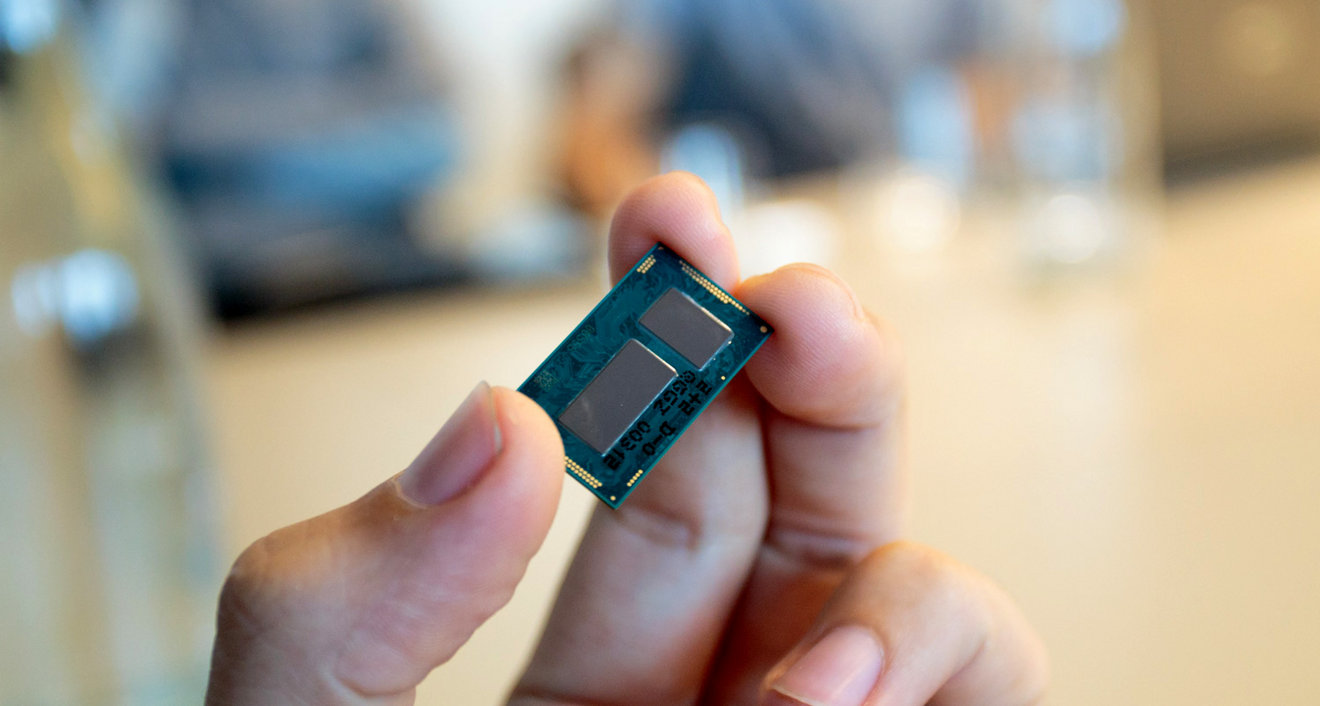
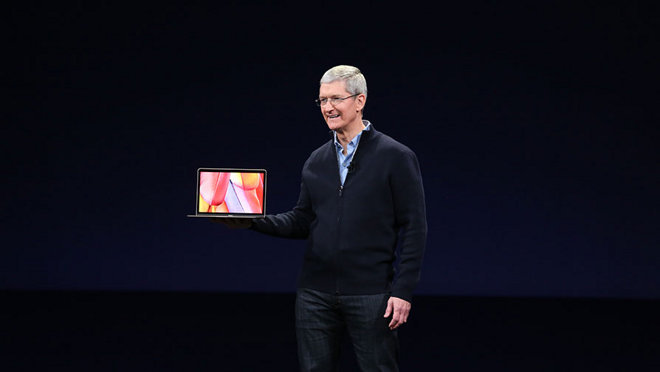






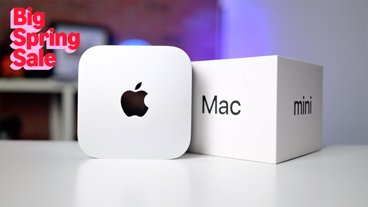
-m.jpg)





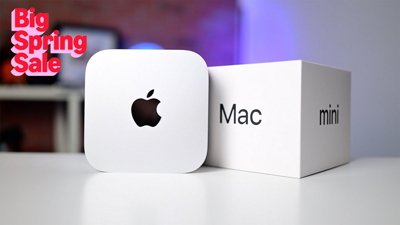
 Christine McKee
Christine McKee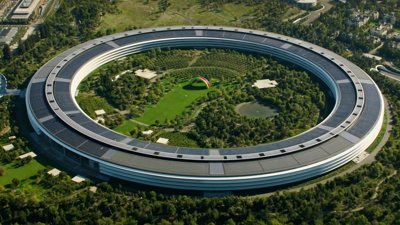
 Wesley Hilliard
Wesley Hilliard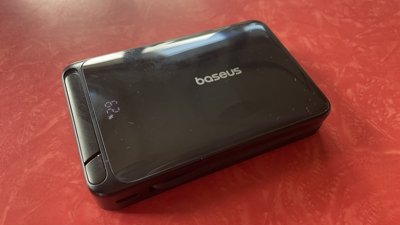
 Thomas Sibilly
Thomas Sibilly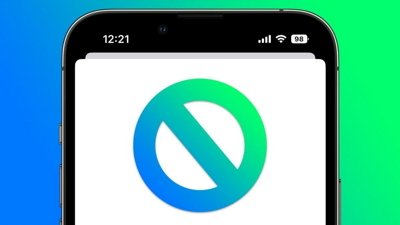
 Marko Zivkovic
Marko Zivkovic
 Andrew O'Hara
Andrew O'Hara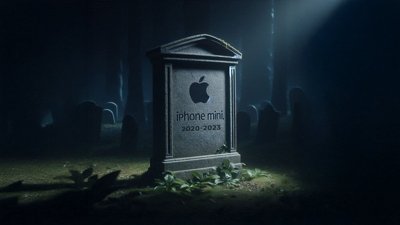
 Amber Neely
Amber Neely
 William Gallagher
William Gallagher
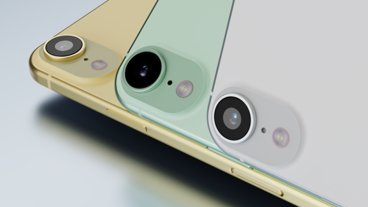
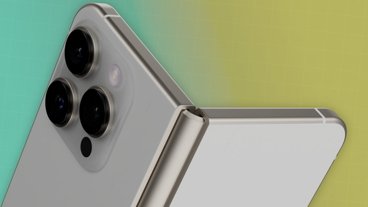
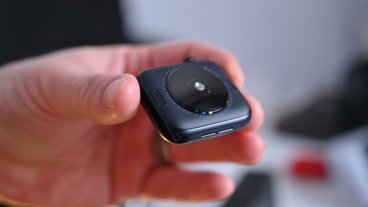






202 Comments
iow tradeoffs, as with all things in life. or another headline would be, damn still can%u2019t have my apple cake and eat it too
I think this is a little bit more of a wait and see situation. From what I understand, implementation is extremely critical to Core M performance. When Lenovo originally released the Yoga Pro 3 (which has a small fan) with a 5Y70, the performance numbers had been quite low. Following the internet exploded into doom & gloom regarding Core M and questioning Broadwell performance. Shortly after that the fanless Dell Venue 11 Pro (5Y10) managed to outperform the Yoga Pro 3, and the fanless ASUS T300 Chi (5Y10) outperforms the Dell.
So clearly implementation will matter quite a bit. Fortunately, this is a department Apple generally exceeds in. So if you wanted to get a good idea of 5Y71 performance, it might be best to look at ASUS' implementation in the higher end model of the T300 Chi (this device is very close to Intel's reference).
As for the package as a whole? Despite implementation, I'm not sure if the performance will be enough to really satisfy (especially if the user is coming from a more recent Macbook Air). Core M will move to Skylake later this year, so hopefully we can start to see an improvement in performance and battery at that point in time.
Eh, this machine will be more than up to the task of easily handling the average user's needs. My 2012 Air with 4GB RAM still flies, and I do heavy design and web work. This machine, with its 8GB RAM and probably much faster SSD would be overall faster, even if considered "underpowered" by geeks and power users.
It's odd that there was a "megahertz war" in the early 2000s between Apple and Intel (which is why Apple always touted the other powerful aspects of the PowerPC over the Pentium) because I remember Intel reaching 1ghz first, and that was around 2002 or so. Yet we are still at 1ghz chips. I would think we would have 100 ghz by now,
Not a big fan of comparing raw numbers across different processor families, but even that is not the issue here. This is not a machine anybody would buy for performance. The original MacBook Air did cost twice as much, had the slowest processor available at that time and (in its basic configuration) the slowest 1,8" drive that was otherwise only used in iPods. It still found a lot of buyers. This machine is only $100 more than a current 11" Air with identical RAM and storage. $100 buys you a better keyboard, better trackpad and a lightyears better screen in a smaller and lighter package. It will run the same applications, including casual photo and video editing, it even supports an external 4K display (through a pricey adapter, sure, but still), and people who made do with the abundance of ports on the 11" Air (and yes, I am kidding) might be just fine with it. I hate car analogies as much as the next guy, but you basically informed us, that nobody buys a Volvo as a racing car. But calling a choice a 'sacrifice' (which is quite the term, given the live-altering issue at hand)... OMG.